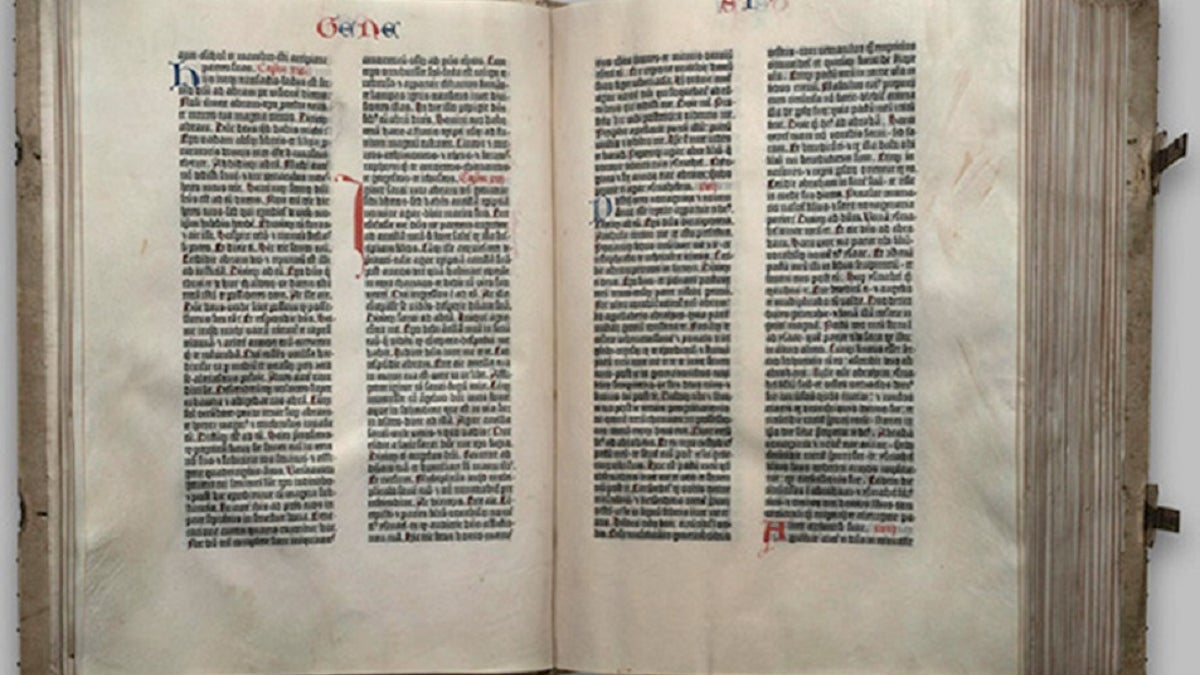
Computer scientists are using The Bible to develop an algorithm that will identify and translate different styles of writing. (loc.gov)
Computer scientists have used various editions of The Bible to develop an algorithm that identifies different author’s writing styles, Inside Science reported.
The researchers -- comprising computer scientists and mathematicians from Dartmouth College, New Hampshire, and Indiana University – said they used 34 English language versions of the New and Old Testaments to develop the system.
A long-range goal is a possibility of altering the Bible's style for its audience, a researcher said. One day, a computer algorithm may be able to, for example, use the text that Ernest Hemingway may have written to alter various Bible verses.
TWO SECRET CHURCHES IN NORTH KOREA SHOW HOW POWERFUL THE BIBLE REALLY IS
The Bible was chosen, the researchers said, for its being the most cited literary text in history. The text comprises 31,000 verses and 1.5 million unique pairing of words, according to the report.
“The goal was to see if we could basically use the translation framework to some form of style translation,” said Dan Rockmore of Dartmouth.
You have prophetic books, some of which are full of very high poetry, and stories about marrying prostitutes. You have proverbs, which itself has multiple styles.
The Bible’s multiple writing styles – sometimes in a single book – created certain challenges, said Shlomo Argamon, a linguist and computer scientist quoted in the report.
“You have prophetic books, some of which are full of very high poetry, and stories about marrying prostitutes,” Argamon said. “You have proverbs, which itself has multiple styles.”
ARTIFICIAL INTELLIGENCE CAN PREDICT ALZHEIMER'S 6 YEARS EARLIER THAN MEDICS, STUDY FINDS
To solve that problem, the researchers treated every book of The Bible as its own unique style, said Keith Carlson of Dartmouth.
Each author’s style was defined using sentence length, the use of passive or active sentences, and vocabulary, according to the report.
The results of the experiment were published last month in the academic journal Royal Society Open Science. The next step, the researchers said, is to successfully convert one style of writing into another.




















